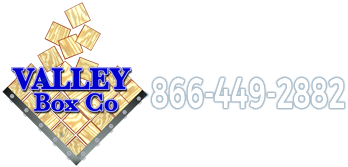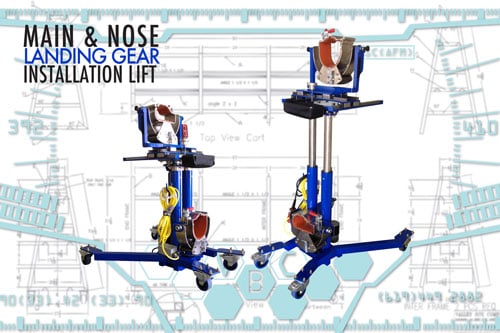
Your assembly line is the life blood of your organization. It's where you receive shipments, store your products, and ship orders. It's home to the most precious things in your organization: your product and your people. So it's vital that the assembly line be as safe as possible to ensure that nothing happens to either one.
Workers Compensation insurance costs manufacturers millions a year. In fact, it's typically one of the highest costs on a companies’ profit and loss (P&L) statement. Even the smallest businesses end up paying thousands of dollars per year in coverage alone, and thousands more in lost labor and productivity when a worker gets injured.
A busy assembly line has a lot of moving parts and the more products, people and equipment being used the more potential there is for a breakdown in safety. In many hazardous industries, like construction, Workers’ Comp (WC) insurance is typically the 3rd highest cost on the P&L. Even though WC rates increases are beyond your control, you can battle a rate increases by focusing on lowering your EMR.
Experience Modification Rate (EMR) is the number insurance carriers use to calculate your company’s risk. The higher your risk the higher your EMR, so the more you’ll pay for your WC Insurance. Simply put, the EMR has a direct effect on your company’s overall operating costs and profitability by determining how much you pay for Workers’ Comp. This means having a low EMR equals profit!
Here are six ways to lower yours:
- 1. Purchase insurance from one of the most competitive carriers in your class code.
- 2. Obtain the maximum scheduled credits from your carrier.
- 3. Get an OSHA Consultation to help identify high safety risk areas of your assembly line. OSHA often has consultants near your area that can provide feedback regarding improvements without the risk of being fined! Check out California's OSHA Consultation locations here.
- 4. Implement an effective safety program with a 12-month strategic training calendar for employees, scheduled audits of safety procedures and monthly reporting on safety activities.
- 5. Introduce ergonomic material handling solutions into your assembly line that can help solve safety concerns like; pinch points, bending/stooping and manual lifting.
- 6. Manage claims proactively. An HR department who stays in contact with claims recipients is more likely to resolve any issues more expeditiously and often times reduces lost work-time.
Let’s take a look at the benefits of introducing ergonomic assembly line solutions into manufacturing processes. According to the Ergonomic Assist Safety & Equipment Council (E.A.S.E Council),
“...Enlightened companies that have established ergonomics programs in their facilities are finding that such programs are good business, whether they are mandated by law or not. The bottom-line benefits they are experiencing as a result of promoting good ergonomic practices include increased productivity, improved product quality, reduced medical claims and their associated costs, a more stable work staff, and improved morale.”
While not all benefits can be quantified, companies can certainly understand that being proactive about safety will help them reap rewards down the road, and that reduced worker injuries result in a more consistent labor force. When new OSHA standards get rolled out, companies with ergonomic programs will be better positioned to demonstrate ongoing compliance and be more prepared to meet new laws and requirements.
In the real world, safety incidents can feel inevitable. Fortunately, they are often preventable. Your company doesn't have to be handicapped by a high EMR. You can decrease your EMR by creating a comprehensive safety program, a strategic training calendar for your employees, auditing regularly, managing claims proactively and by compiling the necessary reports.



